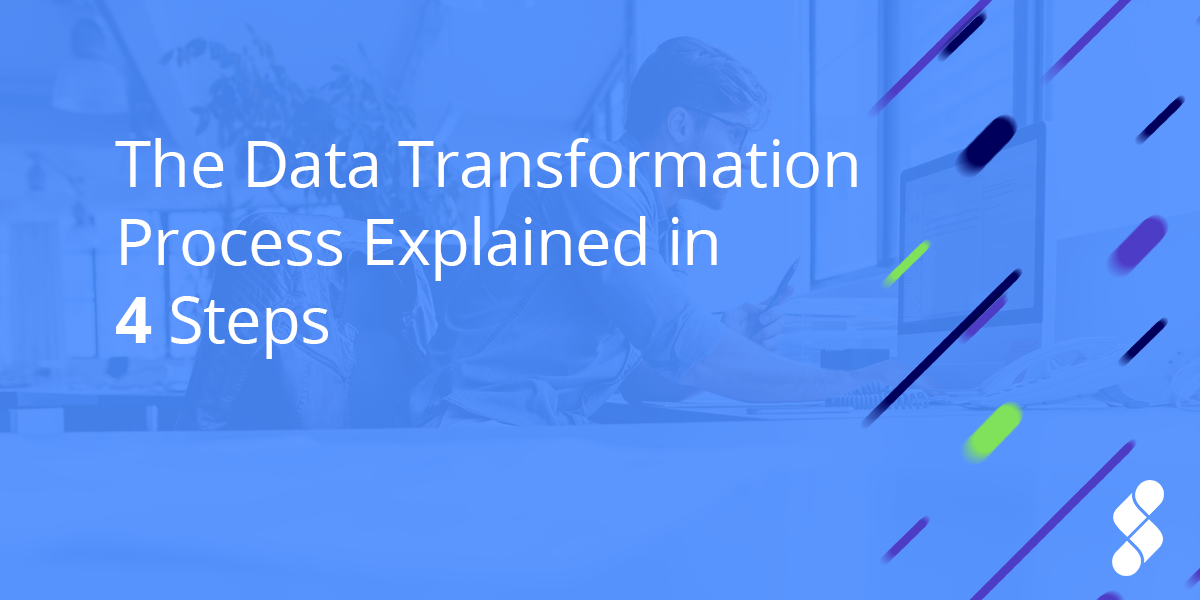The following story — which really did happen — relates an analog experience that helps us understand what we mean by customer signals and the value of being able to act on them.
In the days before shopping for a car online became common, a local community college president preferred to car shop on Sundays. Car dealerships in that county were closed on Sundays, so he could look at the cars (and their sticker prices) without having to deal with a salesperson.
He preferred one dealership in particular, because that dealer was on the school’s board and the two had become friends. He wanted to do his shopping incognito, so he parked behind the bank next door instead of on the dealership lot. There were two things the college president didn’t know at the time:
-
The dealer liked to work on Sunday afternoons because there were no interruptions.
-
The dealer’s office window faced the parking lot behind the bank next door.
So, every time the dealer saw the college president’s car parked behind the bank on Sunday afternoon, he knew it was just a matter of time before he’d have a used car sale. The information wasn’t actionable because the dealer didn’t want to embarrass his friend and customer by blowing his cover. Besides, the dealer felt confident that he’d get the sale at some point.
When the college president retired, a friendly roast was held in his honor, and the dealer was one of the roasters. Now, the secret data was actionable.
The dealer roasted his friend by revealing how he had known all those years whenever the college president was looking for a used car upgrade. The attendees were highly entertained, and the subject of the roast was appropriately embarrassed and amused. Then came the clincher. The dealer described the kind of new car the retiring president should be shopping for, and gifted him — not the car, but a photograph of that car.
One month later, the then-retired college president purchased the new car shown in the photograph.
Notice that every time the dealer observed his friend’s car parked behind the bank building, it was a piece of data and a signal of desire and intent. But only when that data became actionable could the dealer maximize its value.
Today, most businesses with more than 5,000 customer records have more data stored than they know what to do with. Hidden in that data are signals that reveal customer’s desires and intentions.
To bring those signals to the surface and make the data actionable is the purpose of data integration.












